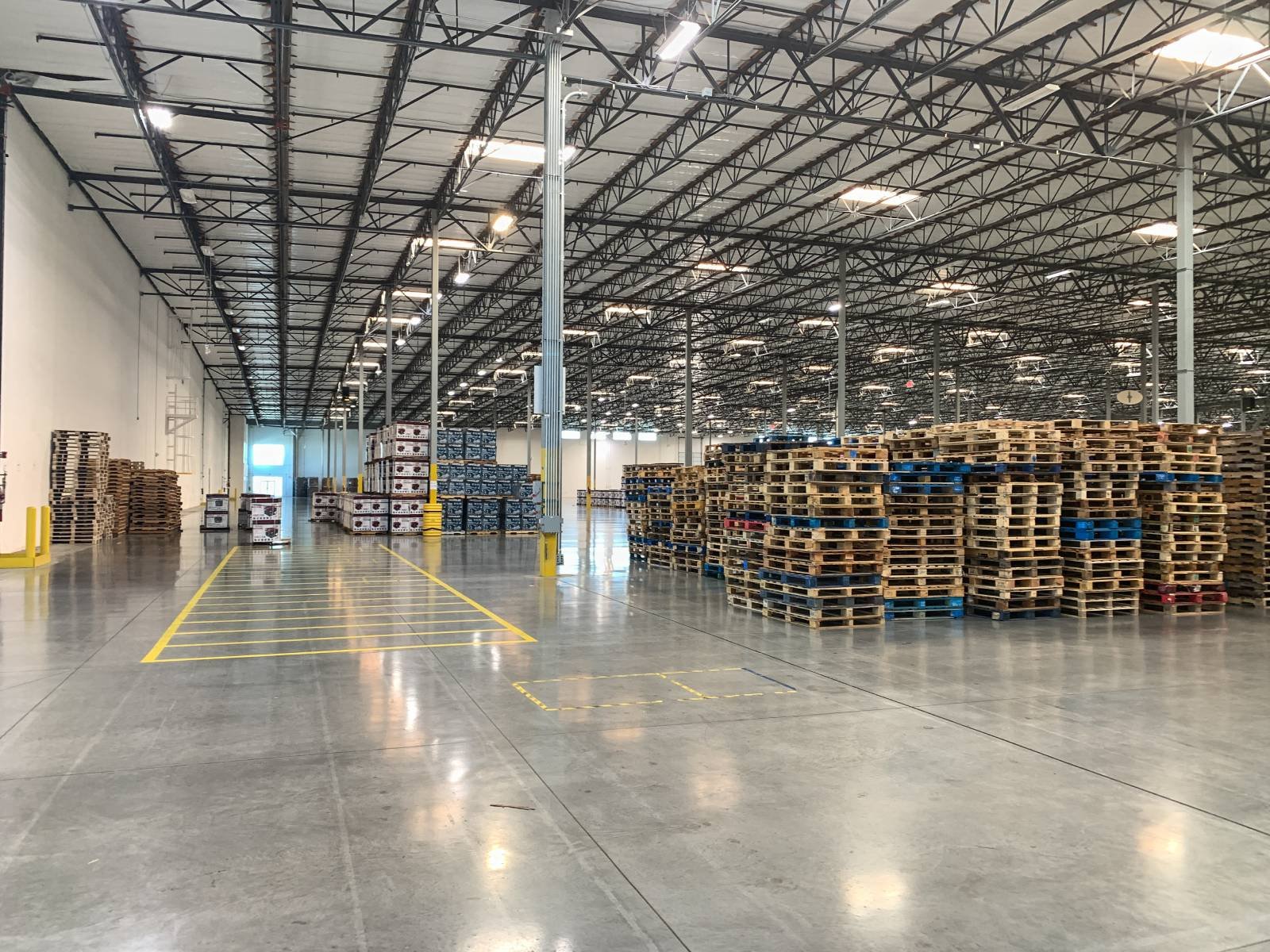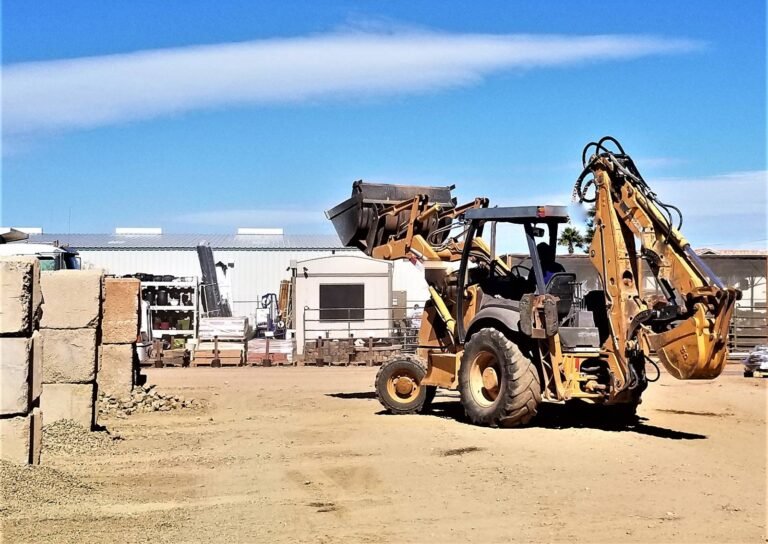Real estate often represents a significant but underleveraged asset on a company’s balance sheet. For business owners seeking strategic liquidity without sacrificing control, a sale-leaseback offers a compelling solution. At Harcrest, we help businesses unlock embedded capital, while maintaining operational continuity. Here are five data-backed reasons our clients pursue this strategy:
- Immediate Liquidity Without Operational Disruption
Sale-leasebacks typically close within 45–60 days, providing fast access to capital. In Q2 2023, sale-leaseback deal volume surged 8.3% to $5.1 billion, reflecting growing demand for non-debt liquidity solutions. Businesses retain full operational control under long-term leases, avoiding relocation costs or service interruptions. - Tax-Efficient Capital Structure
Lease payments are generally 100% deductible as operating expenses, offering a tax shield that improves cash flow. This contrasts with mortgage interest and depreciation, which may be limited under current tax law. Structuring the lease as a “true lease” under IRS guidelines ensures deductibility and avoids depreciation recapture pitfalls. - Enhanced Valuation in Exit Planning
Real estate is often undervalued in EBITDA-based business valuations. Sale-leasebacks can create value waterfall Plante Moran reports that real estate sold through leasebacks can fetch implied EBITDA multiples of 12x to 20x, compared to typical business multiples of 6x to 8x. This can significantly boost total sale proceeds in M&A transactions. - Flexible Estate and Succession Planning
Separating real estate from the operating business allows owners to transfer property interests to heirs while retaining business control through lease agreements. This structure supports passive income generation and can reduce estate tax exposure, especially when paired with trusts or other planning vehicles. - Balance Sheet Optimization
Sale-leasebacks remove real estate from the balance sheet, improving metrics like return on assets (ROA) and debt-to-equity ratios. Under IFRS 16 and GAAP, lease liabilities replace owned assets, which can enhance operating cash flow and simplify financial reporting. This makes businesses more attractive to lenders and investors.
Let’s Talk
Interested in exploring whether a sale-leaseback aligns with your business goals?
Schedule a confidential call with Harcrest below.




